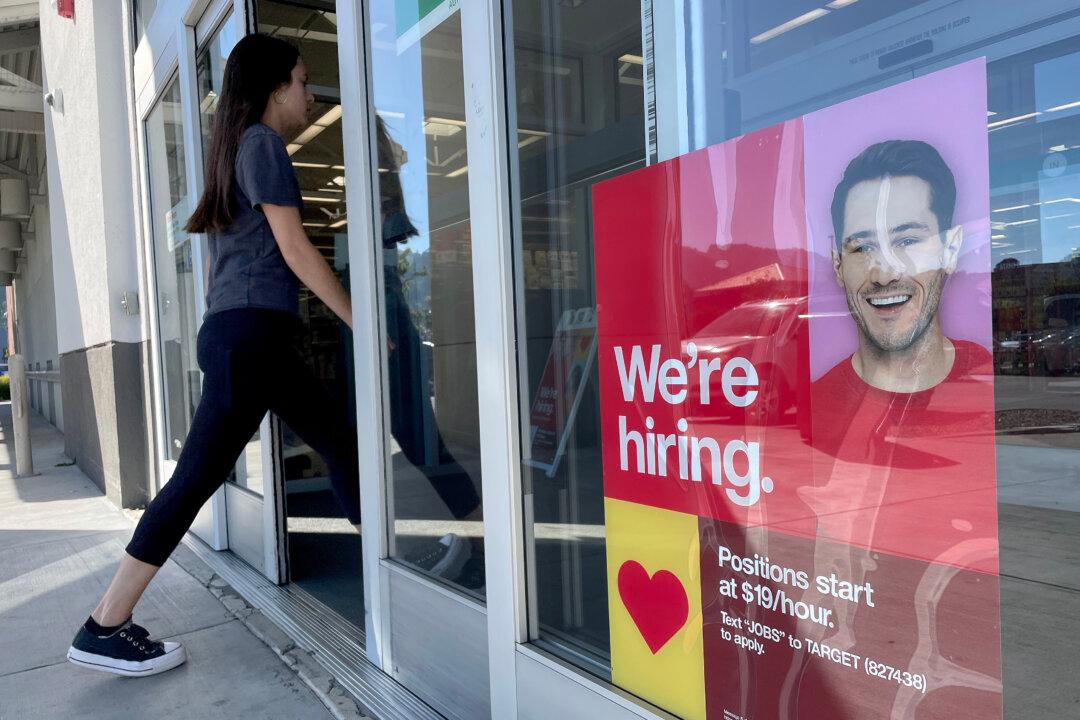News Analysis
According to the Employment Situation report released by the Bureau of Labor Statistics (BLS) on Feb. 2, the U.S. economy exceeded expectations by adding 353,000 jobs to the workforce in January. The unemployment rate remained steady at 3.7 percent. While the report and the White House suggest that the labor market is strong, the American public remains dissatisfied with the state of the nation’s economy.





